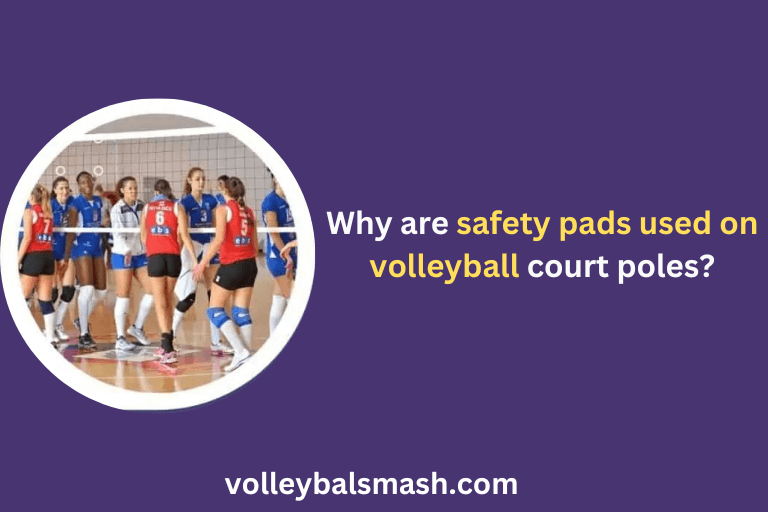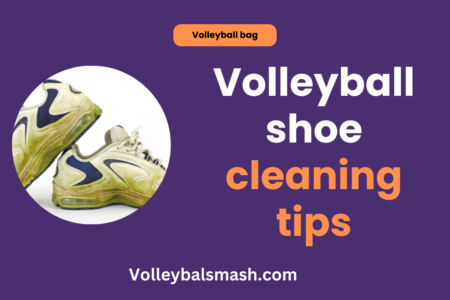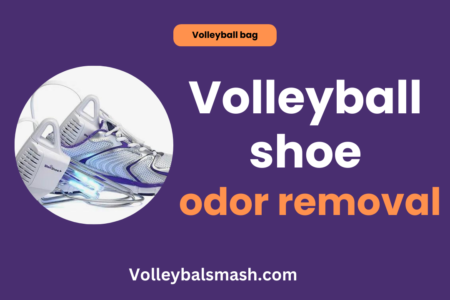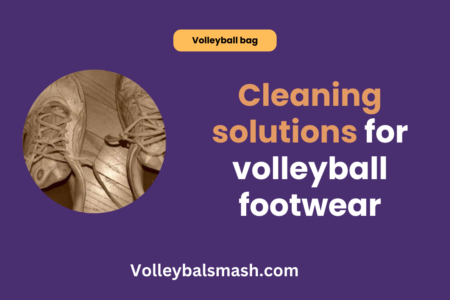Understanding the importance of the surface texture on a volleyball court can greatly impact your game. The right texture can provide traction for players, prevent injuries, and enhance performance during matches. On the other hand, the wrong texture can lead to slips and falls, ultimately affecting the outcome of the game. In this blog post, you will learn about the key reasons why surface texture is a crucial aspect of a volleyball court.
Key Takeaways:
- Player Safety: The surface texture of a volleyball court is important to minimize the risk of injuries. A smooth and even surface can prevent players from tripping or getting injured during dives and quick movements.
- Ball Control: The surface texture of the court can significantly impact the ball’s movement and bounce. A consistent and uniform surface helps maintain better ball control, allowing for more accurate plays and rallies.
- Gameplay Experience: The surface texture contributes to the overall gameplay experience, affecting the speed of play, agility, and performance. A suitable surface texture ensures that the game can be played to its fullest potential.

Understanding Volleyball Court Surface Texture
Any professional volleyball player or enthusiast knows that the surface texture of a volleyball court plays a crucial role in the game. A good understanding of how the texture affects the game can help you appreciate the importance of a well-designed and maintained volleyball court.
Definition and Elaboration of Surface Texture
The surface texture of a volleyball court refers to the characteristics of the court’s playing surface that affect the ball’s movement and player’s movements. It includes factors such as traction, smoothness, and grip. A finer texture provides more traction and control, while a coarser texture offers less control but better ball handling for defensive plays and digging.
Factors determining the type of Surface Texture
When designing a volleyball court, the type of surface texture is determined by several factors, including the location of the court, the materials used, and the intended use. Additionally, the climate and weather conditions should also be considered when choosing the right surface texture. The type of volleyball game being played, whether it’s indoor or beach volleyball, also influences the choice of surface texture. The texture must provide adequate grip without causing injuries to players. The selection of the surface texture should also consider the durability and long-term maintenance of the court. The choice of surface texture can make a significant impact on the quality and safety of the game.
Importance of Surface Texture in a Volleyball Court
Your choice of surface texture for a volleyball court is crucial to the overall performance and safety of the players. The surface texture affects not only the players’ movements but also the ball’s behavior on the court. To understand the significance of surface texture in a volleyball court, you need to consider its impact on the game and the players’ performance. For more information on choosing the right indoor volleyball court floor tiles, visit Choosing the Right Indoor Volleyball Court Floor Tiles.
Impact on the Player’s Performance
The surface texture of the volleyball court has a direct impact on the players’ performance. A smooth surface may cause players to slip and lose their balance, affecting their ability to move swiftly and make quick changes in direction. On the other hand, a surface with the right texture provides the necessary grip to help you make those explosive movements without the fear of slipping. This is crucial for maintaining agility and reacting to the ball with precision.
Effects on Injury Prevention
Surface texture also plays a significant role in injury prevention. A court with a rough texture can help reduce the risk of injuries by providing better traction and stability. On the contrary, a slippery surface increases the likelihood of falls and injuries, jeopardizing your safety and potentially causing long-term damage. Ensuring the right surface texture on the court can help protect you from unnecessary harm and keep you in the game.
Contribution to the Ball Speed and Direction
The surface texture of the volleyball court affects the ball’s speed and direction. A textured surface allows the ball to grip the court, resulting in more controlled and predictable ball behavior. This means you can confidently anticipate the ball’s movement and plan your next move accordingly. Conversely, a smooth surface can cause the ball to skid or bounce unpredictably, impacting your ability to accurately receive, set, and spike the ball.
Type of Ideal Surface Textures for a Volleyball Court
However, not all surface textures are ideal for a volleyball court. The type of surface texture can greatly impact the game and the safety of the players. An ideal surface texture for a volleyball court is one that provides a good balance between traction and smoothness, allowing players to move quickly and safely across the court.
Comparison between Different Surface Textures
When considering the ideal surface texture for a volleyball court, it is important to compare different options. Some common surface textures include asphalt, concrete, and synthetic materials such as rubber or polyurethane. Each type of surface texture has its own advantages and disadvantages. Below is a comparison between different surface textures:
| Surface Texture | Advantages/Disadvantages |
| Asphalt | Advantages: Cost-effective, provides good traction. Disadvantages: Can be rough and cause abrasions. |
| Concrete | Advantages: Durable, relatively low maintenance. Disadvantages: Can be too rough, causing injuries. |
| Synthetic Materials (Rubber/Polyurethane) | Advantages: Customizable, shock-absorbing, provides good traction. Disadvantages: Can be more expensive upfront. |
The Balance Between Traction and Smoothness
The ideal surface texture for a volleyball court is one that achieves a balance between traction and smoothness. You want a texture that allows players to make quick movements without slipping, while also minimizing the risk of abrasions or injuries from rough surfaces. You should look for a surface that provides enough grip for quick starts, stops, and changes of direction, but not so much that it impedes smooth movements across the court. Achieving this balance is essential for ensuring a safe and enjoyable playing experience.
Importance of Surface Texture for a Volleyball Court
Hence, it is crucial to understand the importance of surface texture for a volleyball court. The right surface texture can greatly impact the game, ensuring players have the necessary traction and stability to make quick and precise movements. A smooth and even surface minimizes the risk of injury and allows for a consistent playing experience. Whether you are a player, coach, or facility manager, ensuring the appropriate surface texture is in place is vital for the safety and success of the game.
FAQ
Why is the surface texture important for a volleyball court?
The surface texture of a volleyball court is crucial for providing the right traction and grip for players. A smooth surface can lead to slips and falls, while a rough surface can cause abrasions. The texture also affects ball bounce and playability, so it is important to have the right surface for optimal performance.
What are the benefits of having the right surface texture for a volleyball court?
Having the right surface texture for a volleyball court can greatly reduce the risk of injuries for players. It also allows for better ball control during games, as players can rely on consistent ball bounce and traction. Additionally, the right surface texture can enhance the overall playing experience and contribute to the enjoyment of the game.
How can the surface texture of a volleyball court be maintained?
The surface texture of a volleyball court can be maintained by regularly cleaning the court to remove dirt, debris, and moisture that can affect the texture. It is also important to repair any damage to the surface promptly to ensure that the texture remains consistent. Additionally, scheduling professional maintenance and resurfacing as needed can help preserve the surface texture over time.










